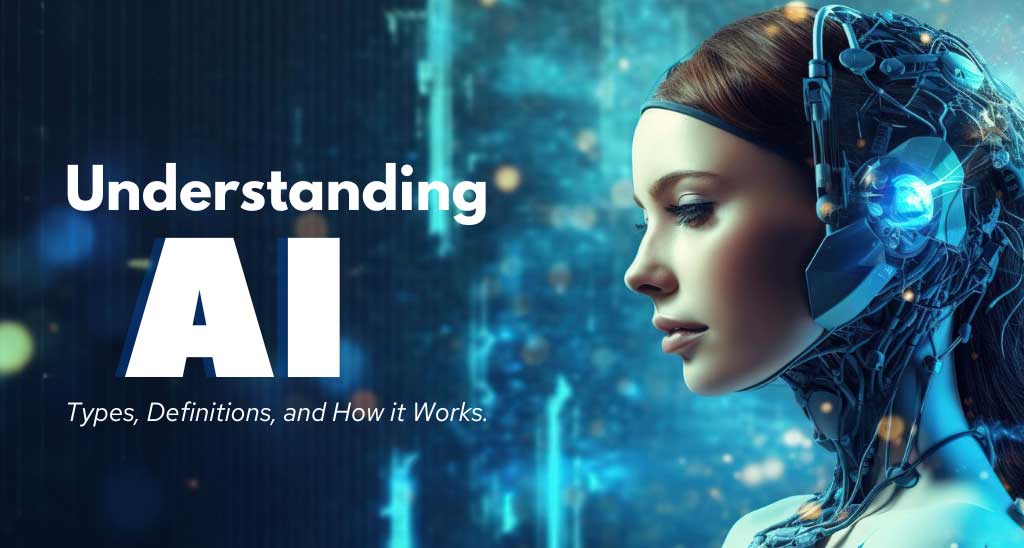Understanding AI: Types, Definitions, and How it Works

Introduction
In today's rapidly evolving technological landscape, Artificial Intelligence (AI) has emerged as a revolutionary force that's transforming industries and our daily lives. From enhancing the efficiency of businesses to personalizing our online experiences, AI is everywhere. In this blog, we'll explore the world of AI, its various types, definitions, and how it works. So, let's dive in!
What is AI?
AI, or Artificial Intelligence, is a field of computer science focused on creating machines and software that can perform tasks requiring human-like intelligence, such as problem-solving, learning from data, and recognizing patterns.
Defining AI
Artificial Intelligence (AI) refers to the simulation of human intelligence in machines that are programmed to think and learn like humans. AI systems can process vast amounts of data, recognize patterns, and make decisions based on that data, often without explicit human programming. In other words, AI aims to create smart machines capable of performing tasks that typically require human intelligence.
Types of AI
AI is a broad field with several subcategories, each with its own unique characteristics and capabilities. Here are the main types of AI
1. Narrow AI (Weak AI)
- Narrow AI is designed for a specific task, such as virtual personal assistants like Siri or Alexa.
- It excels at the task it's programmed for but lacks general intelligence.
2. Artificial General Intelligence (AGI)
- AGI aims to replicate human-like intelligence, possessing the ability to understand, learn, and adapt to a wide range of tasks.
- Achieving AGI is the ultimate goal of AI research, but it remains elusive.
3. Artificial Super-intelligence (ASI)
- ASI refers to AI systems that surpass human intelligence in every aspect.
- This level of AI remains theoretical and raises ethical and existential questions.
How AI Works
AI systems rely on a combination of data, algorithms, and computational power to function. Here's a simplified overview of how AI works
1. Data Collection: AI systems require vast amounts of data to learn and make decisions. This data can be structured or unstructured, and it's collected from various sources.
2. Data Processing: The collected data is processed and organized to extract meaningful patterns and insights. This step often involves cleaning and preprocessing the data.
3. Machine Learning: AI systems use machine learning algorithms to analyze the data and identify patterns. These algorithms "learn" from the data, improving their performance over time.
4. Decision-Making: Based on the patterns and insights, AI systems make decisions or predictions. This could range from recommending products to diagnosing medical conditions.
5. Feedback Loop: AI systems continuously learn and improve by receiving feedback from their decisions. This feedback loop is essential for refining their performance
AI and Robotics
AI plays a pivotal role in robotics. When combined, they create intelligent robotic systems capable of performing tasks autonomously. AI provides robots with the ability to perceive their environment, make decisions, and execute actions. This synergy has applications in manufacturing, healthcare, space exploration, and more.
Conclusion
Artificial Intelligence is a transformative technology with the potential to reshape industries and redefine our way of life. Understanding its types, definitions, and how it works is crucial in harnessing its power for the benefit of society. As AI continues to advance, it's essential to stay informed and explore the possibilities it offers in conjunction with other technologies like robotics.
